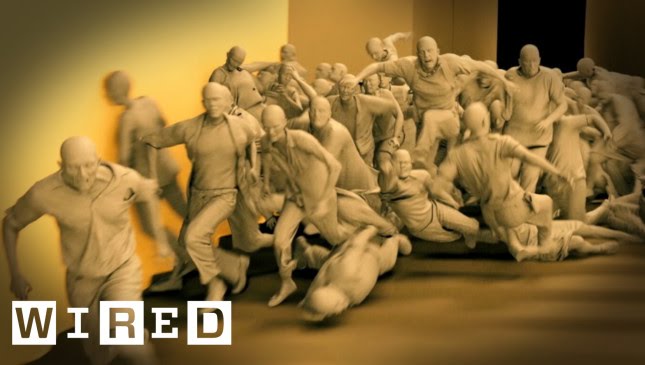Drones Collecting Whale Snot: Revolutionizing Whale Research
Summary
In this article, we explore how drones are revolutionizing whale research by making it easier and more cost-effective to collect biological data. We focus on the development of the “Snotbot,” a drone used to collect samples of whale mucus, which contains whale cells with DNA, microbiomes, and hormones that can indicate pregnancy, lactation, sexual activity, and stress. We also discuss how drones have allowed for a larger data set in studying whales and the potential for further advancements in the field.
Table of Contents
- The Development of the Snotbot
- Identifying Whales and Tracking Their Life History
- The Use of Drones in Studying Whales
- Future Possibilities for Whale Research
- Conclusion
The Development of the Snotbot
The Snotbot, developed by the Ocean Alliance, collects whale snot, which was previously collected using a crossbow to biopsy whales, an expensive and invasive method that provided legacy data. The Snotbot is non-invasive and cost-effective, making it easier to collect real-time data. The idea for the Snotbot came to the director of Ocean Alliance, Ian Ker, when he was engulfed in a cloud of whale snot during a frustrating day of trying to collect data on sperm whales in the Gulf of Mexico. Early prototypes had poles sticking down with sponges and mesh at the bottom to absorb the mucus, but this proved difficult to extract without contaminating the sample. Instead, they put Petri dishes on top of the drone to collect the mucus, which is then analyzed in laboratories.
Identifying Whales and Tracking Their Life History
The shape of a whale’s flukes is unique to each individual, allowing researchers to identify them. They hope to use artificial intelligence in the future to identify whales and track their life history. This will allow for a better understanding of whale behavior, migration patterns, and population dynamics.
The Use of Drones in Studying Whales
Studying whales can be difficult due to their behavior underwater, but drones have made it possible to collect biological data from their exhaled breath. The Snotbot has allowed for a larger data set in studying whales, making it easier to collect real-time data. Concerns about the potential disturbance caused by using a drone to collect samples have been addressed, as data suggests it is minimally invasive.
Future Possibilities for Whale Research
The use of drones in whale research has opened up a world of possibilities. The speaker is interested in exploring other technologies, such as using thermal cameras to measure body temperature and fleets of drones to gather more comprehensive data on whale health and communication. They also mention the possibility of using drones for intervention programs, such as administering antibiotics to infected whales.
Conclusion
In conclusion, the use of drones in whale research has revolutionized the field, making it easier and more cost-effective to collect real-time data. The Snotbot has allowed for a larger data set in studying whales, and the potential for further advancements in the field is exciting. With the use of artificial intelligence and other technologies, we may be able to better understand whale behavior, migration patterns, and population dynamics, ultimately leading to better conservation efforts.







